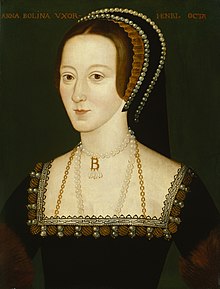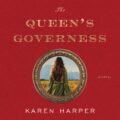
A Mother’s Love
Anne Boleyn also did her utmost to protect her small daughter during those “bloody days” in 1536. On the 26th April 1536, Anne asked her chaplain Matthew Parker to ensure that Elizabeth was cared for if anything happened to her and Parker later became Elizabeth I’s first Archbishop of Canterbury, showing that he was a man who Elizabeth trusted and respected her. In The Lady in the Tower, Alison Weir quotes from John Strype, describing how Parker told William Cecil that “he would fain serve his sovereign lady in more respects than his allegiance, since he cannot forget what words her Grace’s mother said to him not six days before her apprehension.”1
On the 16th May 1536, Archbishop Cranmer visited Anne Boleyn in the Tower of London to get her permission to annul her marriage to Henry VIII and to bastardise her daughter, Elizabeth. Although this must have hurt Anne deeply, it is likely that she acquiesced not only to try and save herself but also to keep her daughter safe from harm. Anne’s submissive execution speech, where she accepted the judgment against her and her fate, was also probably an attempt to protect her daughter. Anne obviously had no idea that her daughter would one day be one of the greatest monarchs in English history, she was simply a mother acting out of a mother’s love.
I am writing a series of articles as a countdown to the anniversary of Anne Boleyn’s execution on the 19th May so please do visit www.theanneboleynfiles.com – the first one is Mark Smeaton with the Marmalade in the Cupboard
Notes
1 – The Lady in the Tower: The Fall of Anne Boleyn, Alison Weir, p94, quoting from Strype Historical and Biographical Works (59 vols., Oxford, 1812-1828)









